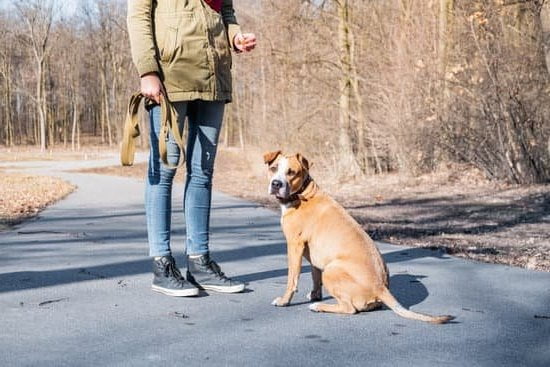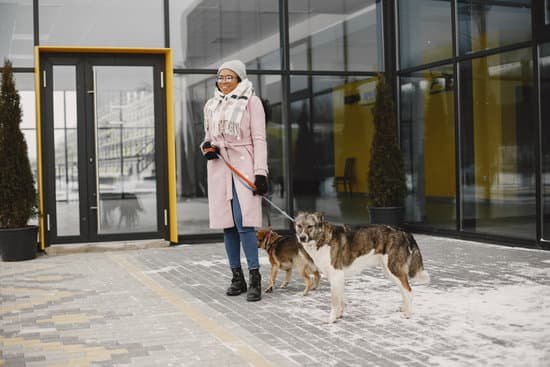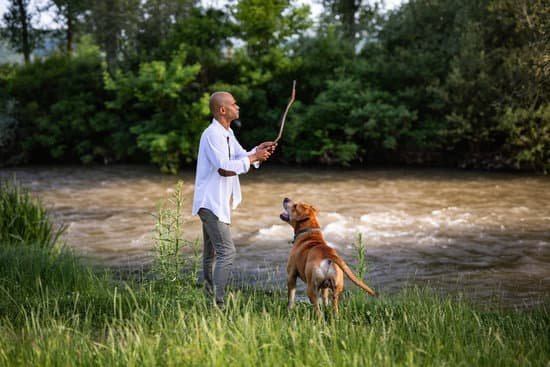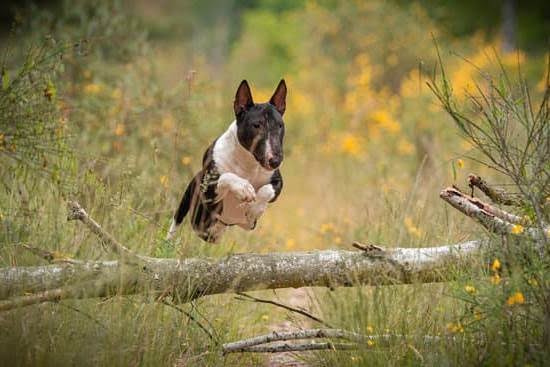Many people think that training a dog is a difficult process, but with the right approach, it can be a fun and rewarding experience for both the dog and the owner. One of the most popular training methods is clicker training, which uses a small, handheld device that makes a clicking sound to mark the exact moment that the desired behavior is performed.
Clicker training is a great option for older dogs, who may have a harder time learning traditional obedience commands. With clicker training, dogs learn to associate the clicking sound with a positive outcome, such as getting a treat. This makes the training process much more fun for the dog and helps to keep them engaged and motivated.
If you’re interested in trying clicker training with your older dog, there are a few things to keep in mind. First, make sure that you are consistent with your training and provide positive reinforcement every time the desired behavior is performed. Second, start with basic commands and gradually add more difficult ones as the dog becomes more comfortable with the process.
Clicker training can be a great way to help your older dog learn new tricks and commands. With a little patience and practice, you can have a well-trained dog that loves performing tricks for you and your family.
How To Properly Crate Train An Older Dog
When crate training an older dog, it is important to take the time to get them comfortable with the crate first. Start by putting the crate in a room where the dog spends a lot of time, like the family room. Leave the door open and put some of the dog’s favorite toys and treats in the crate. Let the dog explore the crate on their own and when they’re comfortable, close the door for a few minutes. When the dog is comfortable with the door closed, start leaving them in the crate for a few minutes at a time. Gradually increase the amount of time the dog spends in the crate.
If the dog starts whining or barking when they’re in the crate, don’t give in and let them out. This will only reinforce the behavior. Wait until the dog is quiet before letting them out. If the dog is having a hard time staying quiet, you may need to start with shorter periods of time and gradually increase the time.
Kennel Training Older Dogs
Older dogs may present a unique challenge when it comes to house training. This is because older dogs may have lost some of their natural instinct to avoid soiling in their living area and may also have trouble holding their bladders and bowels for long periods of time.
There are a number of things you can do to help make house training an older dog a success. First, make sure that your dog has plenty of opportunity to relieve himself outdoors. Take him for walks and play with him in the yard as often as possible. If your dog is having trouble holding it, you may also want to consider using a doggy litter box or indoor potty training pads.
Be consistent with your commands and rewards, and be patient while house training your older dog. Like with any new behavior, it may take a little time for him to get the hang of it. But with a little patience and perseverance, you can successfully house train your older dog.
Can Older Dogs Be Trained As Service Dogs
?
Yes, older dogs can be trained as service dogs. In fact, many service dog organizations accept dogs of all ages, as long as they are healthy and have the proper temperament for the job.
Some people may think that an older dog wouldn’t be able to learn new tricks, but that’s not necessarily the case. Older dogs can be just as capable of learning as younger dogs, and they often have a lot of experience and wisdom to offer.
If you’re considering training an older dog as a service dog, there are a few things to keep in mind. First, you’ll need to make sure that your dog is physically healthy and up for the task. Second, you’ll need to be patient and take the time to train your dog properly. Third, you’ll need to find an organization that will accept your dog and provide him or her with the necessary training and certification.
If you can meet these requirements, then there’s no reason why an older dog can’t become a service dog. In fact, many older dogs make great service dogs because they’re often more mellow and patient than younger dogs. They’re also more likely to have a strong bond with their handler, which can be essential for a service dog.
How To Train Older Dog On Leash
Many people believe that leash training is only for puppies, but this is not the case. It is actually very important to leash train your older dog, especially if he has a habit of pulling on the leash.
The best way to train an older dog to walk on a leash is to start slowly. Begin by attaching the leash to your dog’s collar and then holding it loosely. Allow your dog to walk around and get used to the feel of the leash. Once he is comfortable, begin to slowly guide him in the direction you want him to go. If he pulls on the leash, stop walking and wait for him to calm down before continuing.
It is important to be patient and consistent when leash training an older dog. If you are patient and consistent, he will eventually learn how to walk on a leash without pulling.

Welcome to the blog! I am a professional dog trainer and have been working with dogs for many years. In this blog, I will be discussing various topics related to dog training, including tips, tricks, and advice. I hope you find this information helpful and informative. Thanks for reading!





